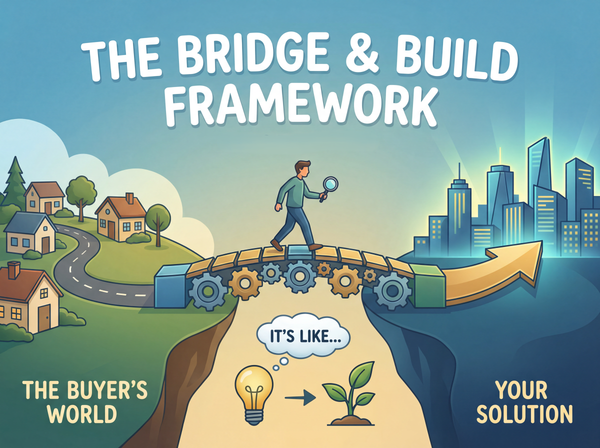8 Ways To Increase Lifetime Value
To build a sustainable business, you must focus on increasing the value of your existing customers. The business that can make a customer more valuable than its competitors wins because it can afford to outspend them to acquire new customers.
This is where the concept of Lifetime Value (LTV) or Lifetime Value Gross Profit (LTVGP) comes in. LTVGP is the gross profit collected over the lifespan of a customer.
Below we provide 8 actionable strategies to increase LTV:
1. Increase Prices
Raising prices is the most impactful of the eight strategies because it affects gross profit more than anything else.
When you raise prices, that extra profit goes directly to your bottom line.
For a business with a 10% profit margin, a 20% price increase can triple profits if sales volume remains the same. To find the ideal price, you need to test frequently. A good method is to start with a low price, get a few sales to ensure people want your product, and then nudge the price up by 20% every 10 sales until you see a dramatic drop in sales.
The goal is to sell the most stuff while making the most money, which allows you to stay in business and help more people.
2. Decrease Costs
While raising prices has an infinite ceiling, decreasing costs can only go down to zero. However, this strategy is crucial for increasing gross profit and making your business more scalable.
For service-based businesses, you can increase the ratio of employees to customers, for example, by having one account representative handle ten clients instead of five. You can also lower costs by using offshore talent, which can reduce costs by 80% or more.
Another approach is to switch from a Done For You (DFY) service to a Done With You (DWY) model, which can dramatically increase your customer-to-employee ratio.
3. Increase Number of Purchases
This strategy focuses on getting customers to buy from you more frequently.
You can implement this by adding a recurring offer, like a subscription or membership. Even if your churn rate is high, this can still significantly increase the number of purchases a customer makes.
If you already have a recurring revenue business, your primary objective should be to decrease churn. Decreasing churn from 10% to 5% per month can double your LTV.
You can also get customers to buy more often by running a quarterly promotion or a reactivation campaign to re-engage past customers and leads.
4. Cross-Sell Something Different
Cross-selling involves offering another product that complements or pairs with the customer's initial purchase. This adds to your LTV.
For example, if your original LTV was $100 and you get 20% of customers to buy a $100 upsell that is all profit, your new LTV becomes $120.
This should be a product that doesn't dramatically change your business operations or what you do every day. A classic example is a fast-food business selling fries and a soda to a customer who just bought a burger.
5. Sell More (Increase Quantity)
This strategy is about getting customers to buy a larger quantity of the same thing at once. There are three ways to do this:
- Bulk: Getting a client to prepay for a year of service, like pest control, instead of paying monthly.
- More Often: Increasing the frequency of a service, such as servicing a lawn every three weeks instead of once a month.
- Bigger: Selling a larger version of a product, like a bigger burger instead of a normal one.
6. Sell Better (Increase Quality)
This means selling a more premium version of the same product or service for a higher price.
This can be a newer version of the same thing, like a new model of a product, or a premium version with better ingredients, materials, or people. For a service, this could mean offering faster response times, 24-hour availability, or a one-on-one service ratio instead of a one-to-many model.
Offering a quality upsell first on your sales calls and then downselling your standard offer can lead to a 20% lift in cash collected and overall LTV.
7. Downsell Fewer (Lower Quantity)
A downsell is offering a smaller quantity of the same thing. You might think this would decrease LTV, but it's designed to capture revenue from customers who would otherwise buy nothing at all.
The goal is to make more money per visitor by selling a lower-priced item to those who would have left without a purchase. For instance, if a customer won't commit to a full year of service, you can downsell them to three months upfront. The key is to only offer downsells to unqualified people who do not qualify for your other offers, so you don't cannibalize your main sales.
8. Downsell Lower Quality
This strategy involves selling something that gets the same result for the customer but with a lower-quality experience.
This might mean the product takes longer to get to them, has a higher risk, or requires more effort on their part. You can simply reverse the list of quality upsells.
For example, a B2B service could offer slower response times or use more junior employees. This strategy, like the quantity downsell, should only be offered to customers who would not purchase your main offer.
Keep Crushing!
- Sales Guy


